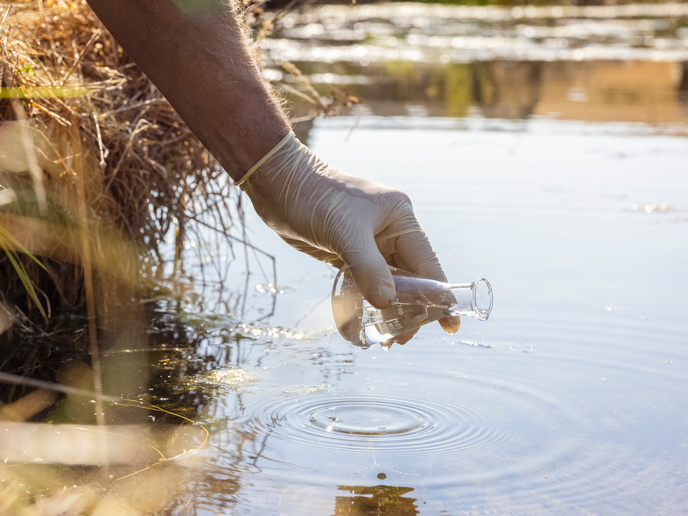Science takes on persistent and mobile organic pollutants, appropriately named ‘forever chemicals’
Europe’s circular economy action plan is one of the bases for the European Green Deal, but persistent, mobile and potentially toxic substances, PM(T)s, – particularly per- and polyfluoroalkyl substances (PFAS) – are challenging obstacles to this goal. PFAS, known as ‘forever chemicals’, are found in industrial and consumer products such as paints, food packaging, firefighting foams and non-stick pans. They resist degradation and spread easily in soil, water and sediment systems. The EU-funded PROMISCES(opens in new window) project focused on identifying how these pollutants prevent circular economy deployment and on developing strategies to overcome bottlenecks. An accessible overview of the project’s findings is available in the layman’s report(opens in new window). “Once PFAS enter the environment, they can remain for decades or even centuries, accumulating over time,” explains Julie Lions, PROMISCES project coordinator. “Some of them are highly mobile in water systems, which means they can disperse far from their source, contaminating large water basins.”
Advancing PFAS detection
PROMISCES developed analytical capabilities to improve the measurements of these pollutants in various types of environmental samples. The researchers implemented 14 quantitative detection methods including 62 PFAS and 84 other industrial PM(T)s. Advancements included new methods to measure total organic fluorine in soil and sludge, helping estimate PFAS contamination. The team used advanced technologies to identify unknown pollutants, as well as devices (passive samplers) that collect pollutants from water over time. Results show that detection of sensitivity changes depend on sample type. Although a test called ‘TOP assay’ helped characterise hidden PFAS and their precursors, there is no single reliable method able to measure all PFAS. “PFAS analysis faces major challenges. PROMISCES has therefore contributed to the need to develop ever more effective methods to meet the growing demands of environmental monitoring,” says Julie Lions. The project contributed to setting European standards on PFAS, developing recommendations for implementing EU directives(opens in new window) and working with expert groups linked to the Drinking Water Directive(opens in new window).
Understanding health risks
Beyond traditional chemical analysis, the project used non-animal tests to evaluate 15 health effects of PFAS and industrial PM(T)s. “The most prominent impacts observed were receptor-binding effects on the thyroid hormone system,” she highlights. “This was somewhat unexpected, as existing PFAS research has mainly focused on liver toxicity, reproductive issues or immunotoxicity.” PROMISCES developed computational models to predict toxicity and environmental behaviour of 71 PFAS. These tools can be accessed by the broader research community through a web application.
Technologies for a cleaner future
The project developed multiple technologies to remove PFAS and industrial PM(T)s, tested under real-life conditions across seven European case studies(opens in new window). The innovations address contamination in diverse environments, from drinking water in Germany to contaminated sediments in Italy. One promising advancement is ultrasonic cavitation technology, which uses high-frequency sound waves to generate microscopic bubbles that collapse and break carbon-fluorine bonds in PFAS molecules. “We demonstrated efficiency up to 95 % for PFAS destruction in contaminated waters. This technology has the advantage of not requiring chemical additives,” Julie Lions emphasises. High-temperature heating (pyrolysis) at 600 ºC effectively removed PFAS from soils and sediments. Other promising methods include in-situ soil flushing using non-Newtonian fluids, which can wash PFAS out of soil with up to 80 % efficiency, and plasma treatment, which achieved 40 % to over 90 % removal of long-chain PFAS. For short-chain PFAS, stable removal from groundwater with high background organic matter was achieved through a combined approach of activated carbon filtration and ion exchange. Additionally, PROMISCES delivered policy recommendations, emphasising the need for harmonised regulations, improved monitoring and science-based risk assessment. Another output is the decision support framework(opens in new window), which helps stakeholders manage PM(T)s in circular economy contexts through advanced substance data availability and interoperability.







